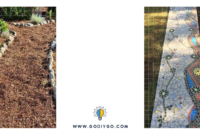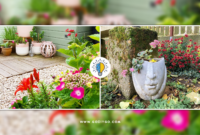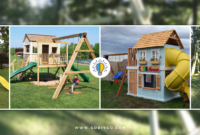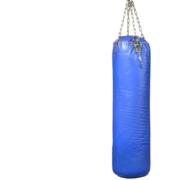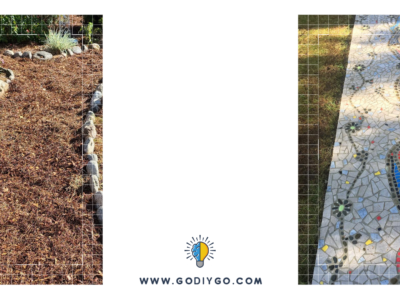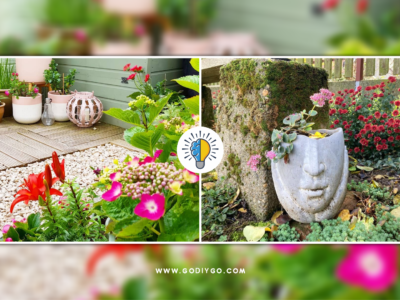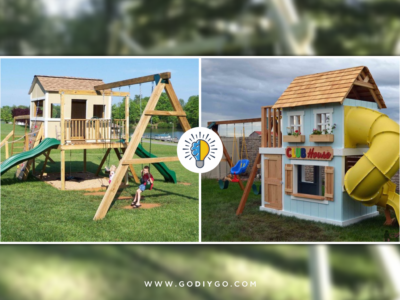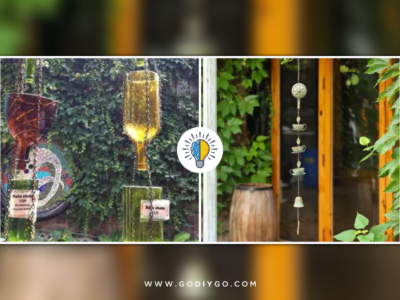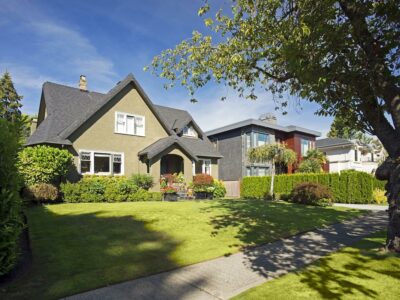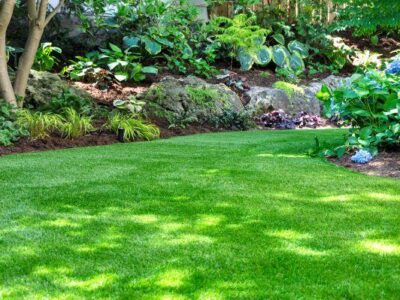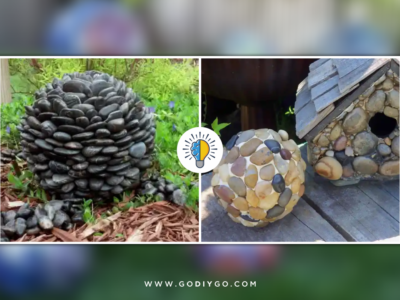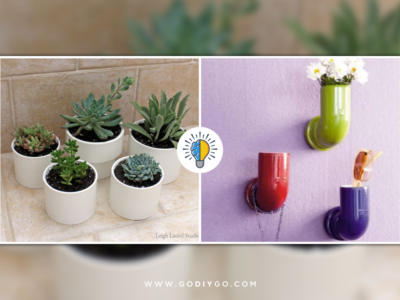When you mount a birdhouse properly, it’s easy to monitor and maintain.
Plus…
You enjoy watching the avian activity from your deck.
Therefore, give as much attention to where you install your birdhouse as you went about choosing the dimensions and features of the tiny bird home. Here’s what you can’t ignore.
How To Find The Best Spot To Install A Birdhouse
Think of it as a project to host your newest friends. Of course, you’d make them as comfortable as possible. So, do the same for the avian friends you want in your backyard. Here’s a guide.
Is It Suitable For Your Region?
Choose a birdhouse with proper ventilation for birds to be comfortable inside during the hot months. As explained here, the drainage system is another feature you can’t overlook, and that’s why birdhouses with a slanted roof or an overhang are so much better as they keep the rain out.
How Will You Mount It?
How you install it determines how safe it is for the bird. If it’s not stable and it swings a lot, it might not attract permanent nesters unless they don’t mind swaying in the wind. Squirrels and other animals can reach the house when you mount it on a pole that’s too low.
How you wish to mount it also determines the supplies you need because you’ll need different materials when mounting it on a tree trunk and when using a metal pole.
Where Will You Mount It?
Since it’s a home, it should be in a quiet section of your backyard, some distance from bird feeders or a bird bath. A breeding pair will shy away if it’s in an open area where predators can access the nestlings or eggs.
However, it depends on the species you’re attracting because some, like the bluebird, prefer nesting in an open area.
How High Will You Mount It?
Birds build their nests at different heights. For instance, a black-capped chickadee builds its nest at ground level or up to 23 ft above ground, while eastern bluebirds can go as high as 50 feet from the ground. For this reason, choose an installation height appropriate for the species you want to host.
Remember, cleaning it might be challenging when it’s too high. The average height is between 4 ft 6 inches and 10 ft 30 inches to attract species like titmice, purple martins, woodpeckers, chickadees, finches, and bluebirds.
How’s The Weather?
The entrance should not face the direction of the wind so that the nestlings are safe from rain or wind. If your region is always hot, install the house under a shade.
How Close Are Other Bird Houses?
It’s thrilling to watch a breeding pair pick one of your many bird houses are their next home. Mount several types in different places to attract many species to your backyard. However, keep the houses apart so that birds have a private place to nest.
Is It Furnished?
In the wild, birds use grass, animal hair, fur, or feathers as the lining of a cavity. Consequently, have such materials on your property for avians to make the tiny home comfortable. It’s better to have the materials in your backyard because species prefer different materials inside the nest.
When Will Mount The Birdhouse?
Timing is everything because birds migrate when the season changes unless you’re attracting resident birds. Thus, put up a house before the bird starts looking for one so that it can find it easily.
If you have one permanently installed, it needs regular maintenance to ensure it’s still safe and ready for a new occupant.
Conclusion
Install a birdhouse that suits different species so that whichever finds it first becomes the new occupant. Such a house also brings more species to your backyard when the season changes and a new species enters the breeding season.
When choosing where to mount it, consider its height from the ground, and proximity to other birdhouses, feeders, and birdbaths, as most birds prefer an intimate, quiet nest. Lastly, install it under a shade to make summer livable and within reach so you can monitor and clean it often.


